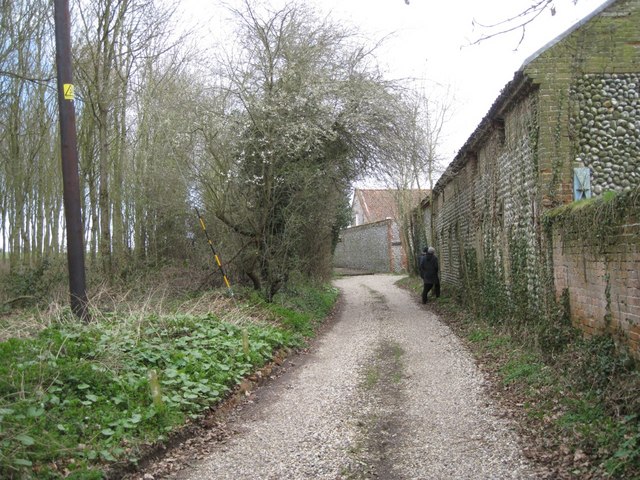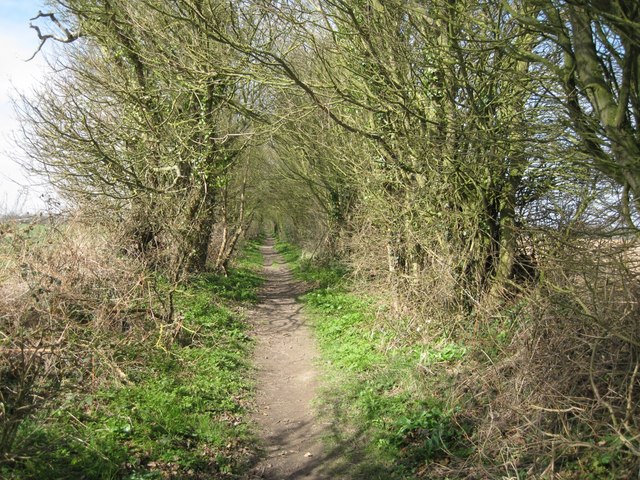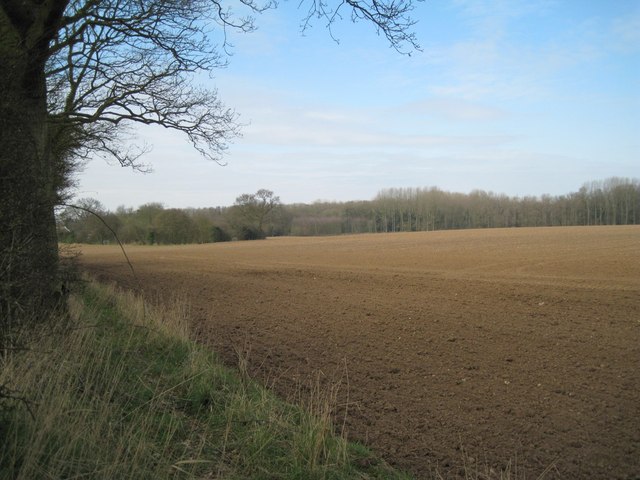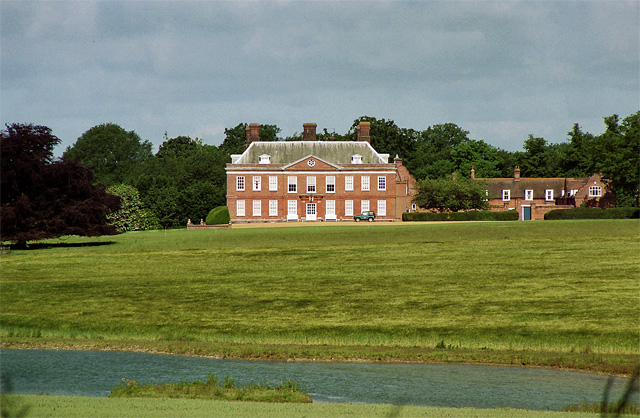The Belt
Wood, Forest in Norfolk North Norfolk
England
The Belt
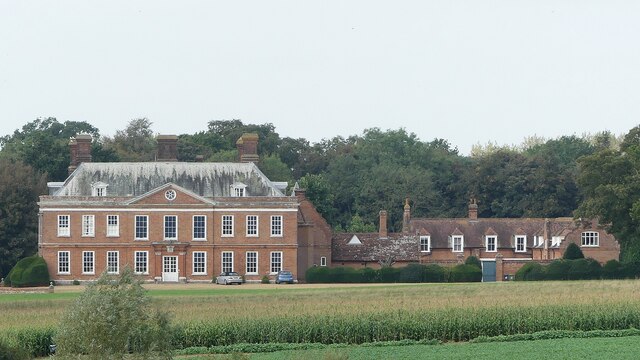
The Belt, Norfolk, also known as Wood or Forest, is a vast wooded area situated in the county of Norfolk, England. Spanning approximately 45 square miles, it is one of the largest forested regions in the area. The Belt is located to the north of the city of Norwich, and its boundaries stretch across several towns and villages, including Horsford, Spixworth, and Horsham St Faith.
The forest comprises a diverse range of tree species, including oak, beech, and pine, creating a rich and vibrant ecosystem. It is home to a variety of wildlife, such as deer, squirrels, and a diverse array of bird species. The Belt also features several walking trails, allowing visitors to explore the natural beauty of the area.
The woodland provides a tranquil escape from urban life, attracting both locals and tourists alike. Many visitors engage in recreational activities such as hiking, birdwatching, and photography. The Belt also offers picnic areas and camping facilities, providing opportunities for outdoor enthusiasts to immerse themselves in the peaceful surroundings.
In addition to its natural beauty, The Belt holds historical significance. It was once part of the royal hunting grounds during the medieval period, and remnants of ancient hunting lodges can still be found within the forest. The area is also dotted with archaeological sites, including the remains of Roman settlements.
Overall, The Belt, Norfolk (Wood, Forest) is a captivating natural landscape, offering a haven of tranquility, recreational activities, and a glimpse into Norfolk's rich history.
If you have any feedback on the listing, please let us know in the comments section below.
The Belt Images
Images are sourced within 2km of 52.868642/1.2771826 or Grid Reference TG2035. Thanks to Geograph Open Source API. All images are credited.

The Belt is located at Grid Ref: TG2035 (Lat: 52.868642, Lng: 1.2771826)
Administrative County: Norfolk
District: North Norfolk
Police Authority: Norfolk
What 3 Words
///latitudes.glows.shows. Near Overstrand, Norfolk
Nearby Locations
Related Wikis
Hanworth, Norfolk
Hanworth is a village and a civil parish in the English county of Norfolk. It is 18.8 miles (30.3 km) north of Norwich, 5.4 miles (8.7 km) south-west of...
Hanworth Hall
Hanworth Hall is a large late 17th-century country house some 500 m to the south of the village of Hanworth, Norfolk, England. It is protected and recognised...
Gunton Park Lake
Gunton Park Lake is a 18.3-hectare (45-acre) biological Site of Special Scientific Interest by Gunton Hall, north-west of North Walsham in Norfolk. It...
Gur Beck
Gur Beck is a minor watercourse which rises in the north of the English county of Norfolk. It is a tributary of the Scarrow Beck. Its spring is a little...
Nearby Amenities
Located within 500m of 52.868642,1.2771826Have you been to The Belt?
Leave your review of The Belt below (or comments, questions and feedback).
